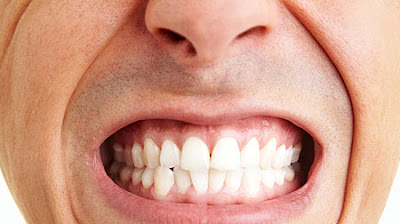Teeth Whitening: Dental Bleaching Procedures
This dental procedure code covers the application of a bleaching agent to teeth within either the mandibular or maxillary arch. Tooth bleaching (whitening) is used to lighten discolorations caused by staining, aging, or chemical damage to teeth. Bleaching of the tooth can only be used in mild to moderate cases of tooth staining; more severe cases may require crowns or veneers to alter the appearance of a tooth.
This dental procedure bleaching of all the teeth can done either entirely in-office, or at home as part of a doctor-guided custom-tray application. Both teeth whitening techniques are best performed under your dentist's supervision to ensure the safest and most dependable results. There are a multitude of bleaching agents and systems in use for bleaching, and there are two main categories:
This dental procedure bleaching of all the teeth can done either entirely in-office, or at home as part of a doctor-guided custom-tray application. Both teeth whitening techniques are best performed under your dentist's supervision to ensure the safest and most dependable results. There are a multitude of bleaching agents and systems in use for bleaching, and there are two main categories:
- In-Office Tooth Whitening: In this procedure, the teeth are carefully isolated from the lips and gums, and then a bleaching gel is applied. A special “curing” light is used in conjunction with the gel to activate the gel and accelerate the whitening process.
- At-Home Tooth Whitening: In this procedure, custom trays are made of your teeth during an initial visit. Once the trays are complete, you are provided with instructions for applying the bleaching agent at home.



